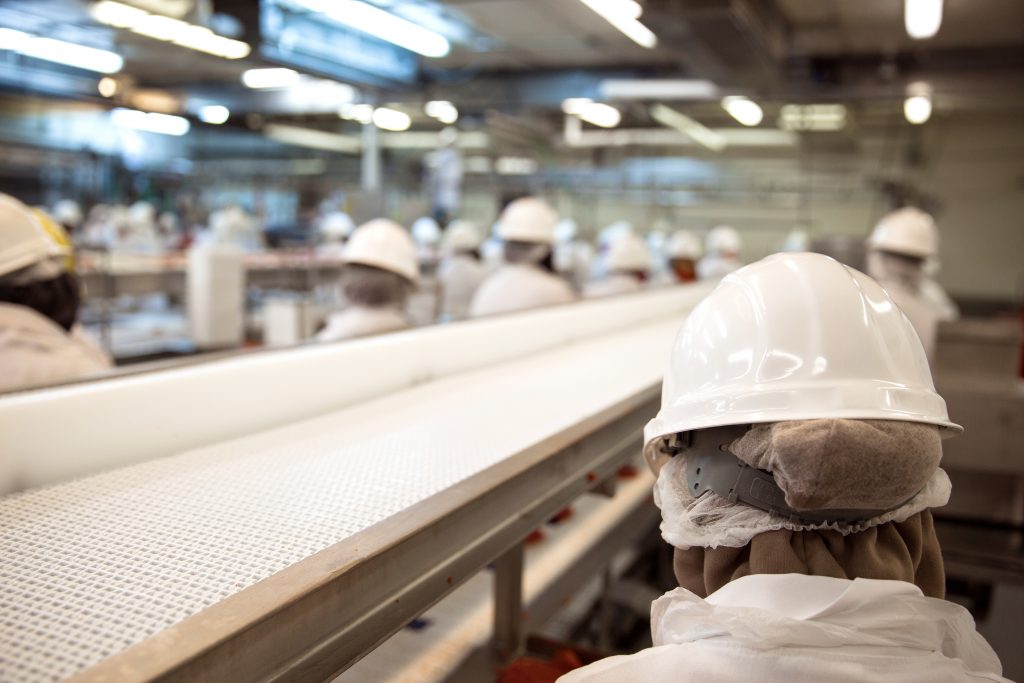
Safety gear is compulsory in every workplace. Primarily, it reduces the risks of work-related injuries and illnesses. Many companies require wearing safety clothing and tools at all times to ensure optimal protection when working. For that purpose, most industries incorporate the importance and use of safety gear during occupational safety training.
One of the industries that seriously need safety gear is manufacturing. In this industry, safety gear lessens incidents of workers being caught in by machinery or equipment. Hence, it’s crucial to know and wear complete and appropriate safety clothing and tools. If you want to know more about them, here’s an article that could help you. So, read on!
Safety Shoes And Leg Guards
To protect the lower limbs of the workers, they need to wear top-quality safety boots and shin and foot guards. Generally, these types of clothing keep the worker’s feet, shins, and knees from punctures and extreme temperatures. In addition, the boots help avoid electrical hazards. Furthermore, they assist workers in walking safely on slippery surfaces.
If you’re looking for first-rate safety boots and other leg protectors, you may visit mancaveworkwear.com.au or the other safety gear stores in your area. They generally offer different high-quality footwear resistant, protecting your feet from possible injuries. In choosing boots, you may pick the compression-resistant with leather upper. For guards, you could select the types that fit properly and are hard-wearing.
Safety Helmets
Safety helmets or hard hats protect workers’ heads against blows caused by falling debris and bumps. In most cases, they’re thick and hard enough to prevent any penetration of sharp and pointed objects. Generally, various industries use three types of hats which are the following:
- Class A: It’s penetration— and impact-resistant yet with low defence against electric hazards.
- Class B: It has the highest degree of protection against electrical shock, fire, impact, and penetration.
- Class C: It renders average impact protection and none against high-voltage shock.
To ensure that you’d pick and buy the appropriate head bucket, consider looking into the helmet’s level of resistance and usability. In addition, you may think about hard hats with easy-to-wear straps and fitting head rims.
Protective Eyewear
Safety goggles and glasses are also crucial in protecting the employees’ eyes. Typically, this eyewear has two parts—the lenses and frames. In buying eyewear, you may consider lenses with high-impact classification. In addition, the lenses should have at least a 3-millimetre thickness. Thicker lenses have better penetration resistance. Yet, workers may find them heavier to wear than the regular lenses.
Also, lenses have photochromatic or clear and tinted types. Many workers prefer the former if they want to have a clear look at what they’re working on. However, some clear lenses are likely to fog-up when exposed to smoke and extreme temperature, so you better choose wisely. On the other hand, tinted types are ideal for workspaces with an atmosphere that are too bright.
For the frames, you may consider flame resistance, impact resistance, and corrosion resistance. In addition, you may also look for frames made from polycarbonate material as it’s more comfortable to wear than other types. Having these features guarantees that your eyewear has high durability and will stand better against the tests of time and breakage.
Safety Gloves
Safety gloves have different types. They’re basically used in protecting the worker’s hands against puncture hazards, freezing temperature, and burns. In addition, gloves provide better gripping so workers could hold firmly whatever they’re working on. If you want to have the utmost protection, you need to wear what suits your work needs.
Generally, the following are the types of gloves used in manufacturing:
- Cotton: Breathable and easy to wear but has low resistance to cuts and other hazards
- Coated fabric: Have better protection against chemicals
- Leather: Highly durable and has better protection against abrasion and burns
- Neoprene: Specially made to handle acid-based products
- Kevlar: Resistant against punctures and abrasions
Ear Protectors
Employees working in spaces with loud noises need to wear earplugs to prevent hearing damage. In some cases, these protectors are already attached to helmets. In other cases, they’re used separately. Generally, industries with high exposure to noises that could lead to irreparable hearing problems are prescribed for issuing earplugs or earmuffs for hearing protection.
Wrapping Up
No workplace is absolutely safe. Occupational hazards, such as slippery floors and faulty equipment, may just be literally and figuratively around the corner. Yet, businesses could still reduce the risks of injuries by ensuring the use of safety gear as part of their occupational safety and risk assessment.
Suppose you’re an owner of a manufacturing company, such as food processing and metal works. In that case, you may need to buy and enforce the use of safety clothing. The must-have safety gear cited in this article could help you gain necessary ideas so you could start what to look, buy, and use.
